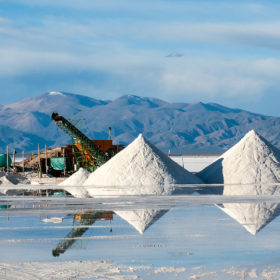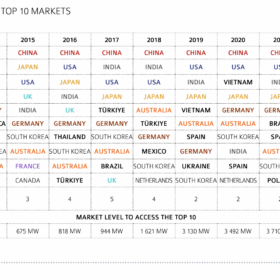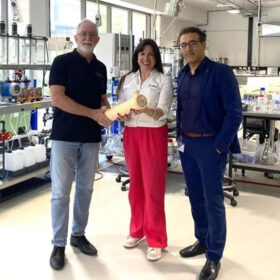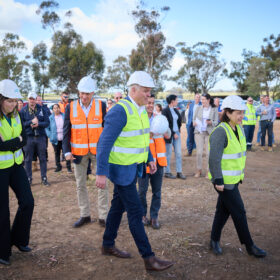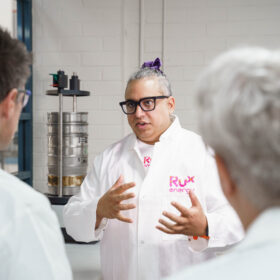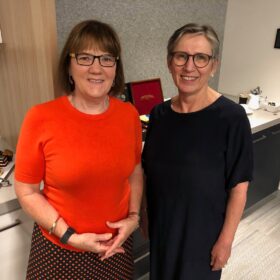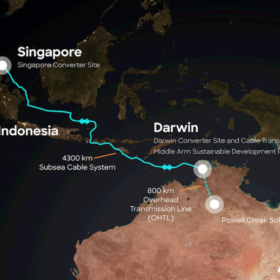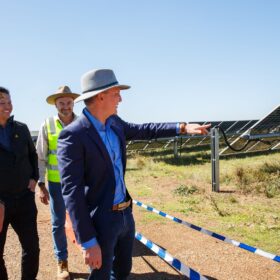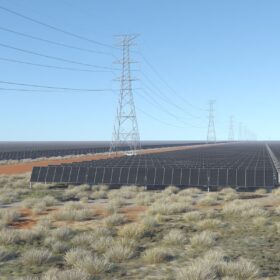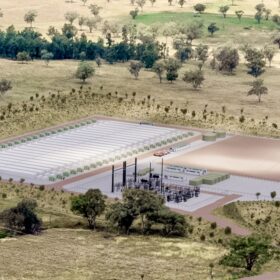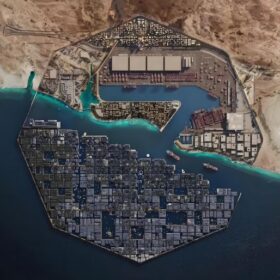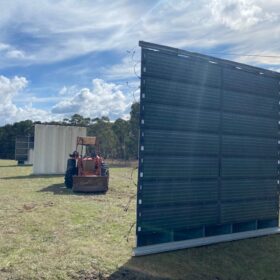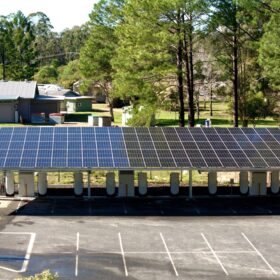Australian researchers develop tech to recover lithium from saltwater
Researchers from Monash and the University of Queensland have developed a nanofiltration technology to extract lithium from low-grade saltwater brines with high magnesium content. “Our technology achieves 90 percent lithium recovery, nearly double the performance of traditional methods, while dramatically reducing the time required for extraction from years to mere weeks,” researcher Dr Zhikao Li said.
Australia’s flat solar market sees it dropped from global top 10
While Australia continues to be a revelatory solar market internationally, it lost its place in the top 10 solar installers globally in 2023, the IEA PVPS team reports. According to Renate Egan, Executive Director for the Australian Centre for Advanced Photovoltaics, it is the first time in 30 years Australia has dropped off that list. “What’s sad is that the rest of the world is now taking off and investing in solar and we’re falling behind,” she said at Melbourne’s All Energy on Thursday.
Survey shows best fast MPPT techniques for PV
A group of scientists conducted a literature review of almost a hundred fast maximum power point tracking algorithms. They extracted ten representative algorithms and showed which of them works best under different scenarios.
WA trio receives funding to pilot ‘transformational’ approach to critical mineral production
A Western Australian trio developing a novel ‘closed loop process’ for producing high purity alumina used in lithium-ion batteries has secured a $2.87 million grant from the Australian government.
Manilla Solar project, aiming to be Australia’s largest crowd-funded solar farm, seeks investors
The 4.6 MW Manilla Solar project in New South Wales is continuing its ambition of becoming Australia’s largest community-funded solar farm, inviting locals and national investors to contribute to its latest crowd raise, opening October 26.
Largest solar farm in Victoria begins construction
Engie has broken ground on its 250 MW Goorambat East solar farm, with Victorian minister for climate action, energy and resources, Lily D’Ambrosio, attending the event. The solar farm, Victoria’s largest under construction, is expected to be operational by 2026.
Australian company using nanomaterials for efficient, cheap hydrogen storage attracts federal funding
Australian company Rux Energy is commercialising technology that uses highly porous nanomaterials to coat tanks for hydrogen storage, claiming significant improvements to the cost, safety and efficiency of what remains a major industry barrier. It has secured funding in the Australian government’s latest round of research grants, and recently opened an office in Essex off the back of industry trials now underway in the UK.
New Ombudsman to deal with renewable energy related complaints introduced
The New South Wales government will expand the functions of its Energy and Water Ombudsman to include handling complaints around renewable energy infrastructure, including transmission projects, from December 2024.
SunCable secures another green light in quest to transport 1.75 GW via subsea electric cables
Singaporean authorities have granted conditional approval to SunCable’s flagship AustraliaAsia PowerLink, with SunCable’s interim CEO describing the win as a “vote of confidence in the commercial and technical viability of our project.”
Market brief for upped federal renewable tenders with 16 GWh of storage released
The federal government has announced it will double the amount of storage projects being sought in the next found of tenders for its Capacity Investment Scheme, upping it from 2 GW / 8 GWh to 4 GW / 16 GWh. The solar and wind tenders have also been increased, moving from 4 GW to 6 GW.

